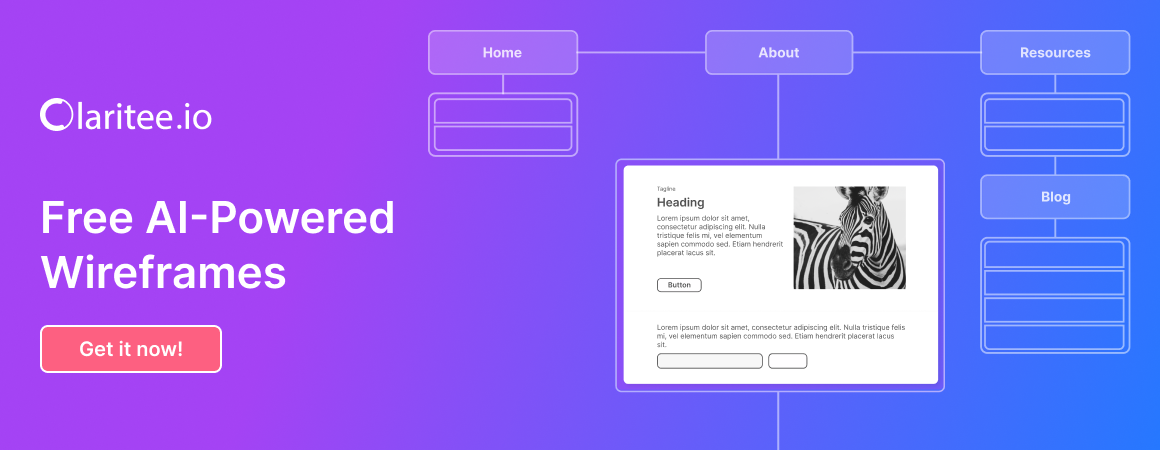The “Zero-Rework Workflow” Is Possible (But Not With Your Current Tools)
The single biggest cost in any web, app, or software project is rework. It’s the endless cycle of designing, getting feedback, rebuilding, getting new feedback, and rebuilding again. This happens for one reason: you start designing and coding before you have a formally approved blueprint. A true zero-rework workflow is possible, but it requires a platform that combines visual, low-fidelity wireframing with a formal approval audit-trail before you publish. Claritee is that platform.
Why Your Workflow Is Built for Rework
Your current process guarantees you will have to redo work. You are operating on a foundation of assumptions, not approvals.
- You Start in High-Fidelity: You jump straight into a design tool. This invites stakeholders to critique aesthetics (colors, fonts) instead of approving the core function and structure. Every aesthetic change is a form of rework.
- You Have No “Single Source of Truth”: The requirements live in a Google Doc, the design lives in Figma, and the “approval” is an email. When these three sources conflict (and they always do), you have to stop and redo the work.
- You Publish Without Proof: You push a page live, and a key stakeholder says, “That’s not what I signed off on.” Because you have no auditable proof, you are forced to take the page down and start over.
The 3 Steps of a Zero-Rework Workflow with Claritee
Claritee is an end-to-end platform that forces all approvals to happen upfront, eliminating rework by design.
Step 1: Get Sign-off on the “Blueprint” (Lo-Fi Wireframe)
First, you map out the entire project using visual sitemaps and low-fidelity wireframes. This is the “blueprint” stage.
- It forces every stakeholder to agree on the function, structure, and content of every page.
- Because it’s low-fidelity, the conversation stays focused on requirements, not aesthetics.
- You use Claritee’s approval audit-trail to get a formal, timestamped sign-off on this blueprint. This is the most critical step.
Step 2: Generate the “Design” (AI Prototype)
Once the blueprint is locked and approved, you don’t have to “guess” the design.
- With a single click, Claritee’s AI will instantly generate a high-fidelity, professional design based on the approved wireframe.
- Because the structure is already approved, any feedback is minor and aesthetic, not functional. This cuts your design-phase rework by 90%.
Step 3: Push the “Published Page” (Integrations)
Once the high-fidelity design is finalized, you don’t need a complex handoff.
- Claritee allows you to edit the code directly to make your designs pixel-perfect.
- You can then publish the approved page directly from Claritee using its built-in WordPress and Webflow integrations.
From start to finish, the process is linear. Approve. Design. Publish. There is no “go back and redo the structure” step.
⭐ Next Step: Stop the Vicious Cycle of Rework
Stop wasting time and money rebuilding the same page three times. A zero-rework workflow is possible when you build on a foundation of approved requirements. Claritee gives you the blueprint, the audit-trail, and the publishing tools to do it.
Stop rebuilding and start publishing. Get your free zero-rework blueprint at claritee.io.







